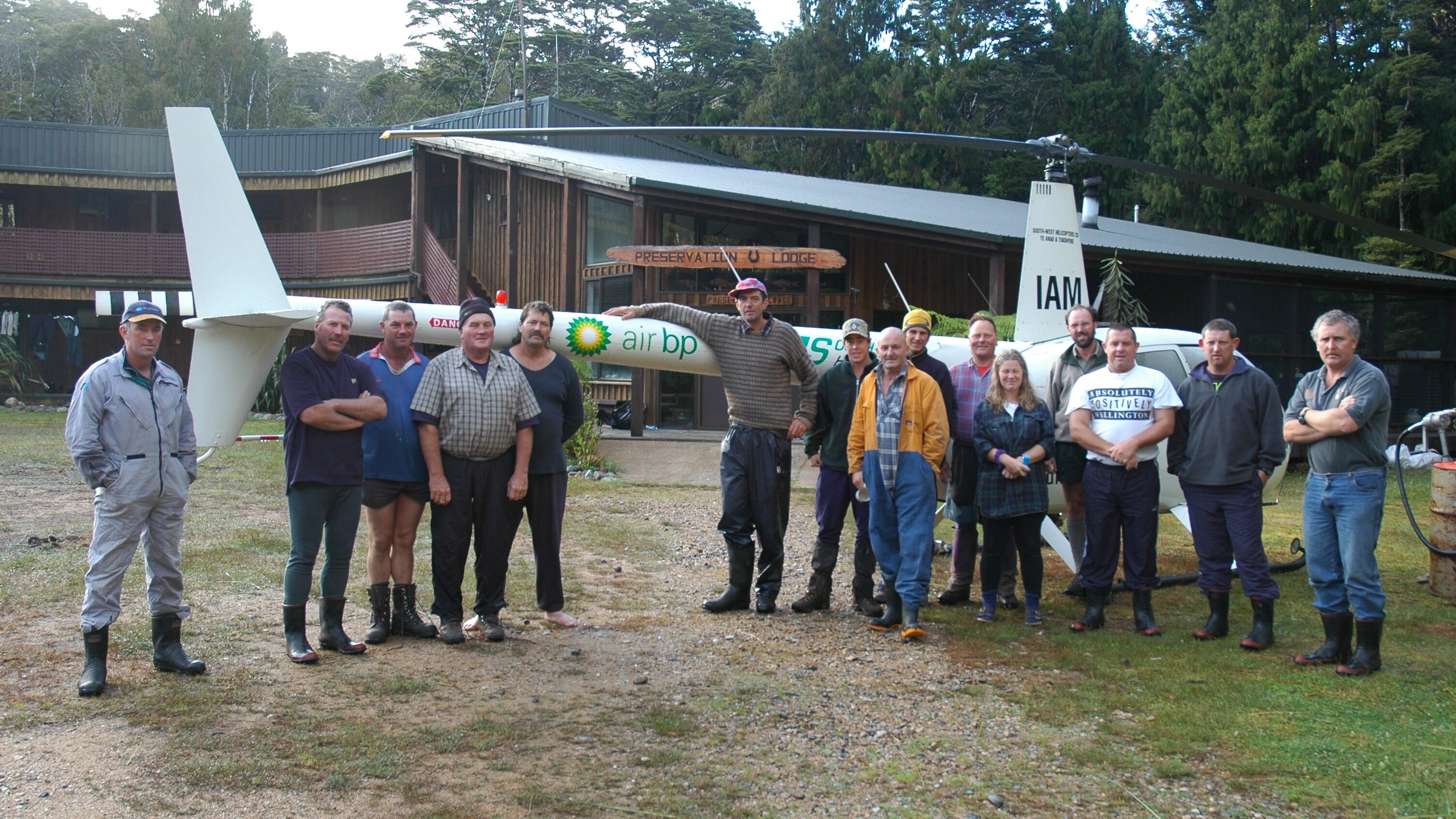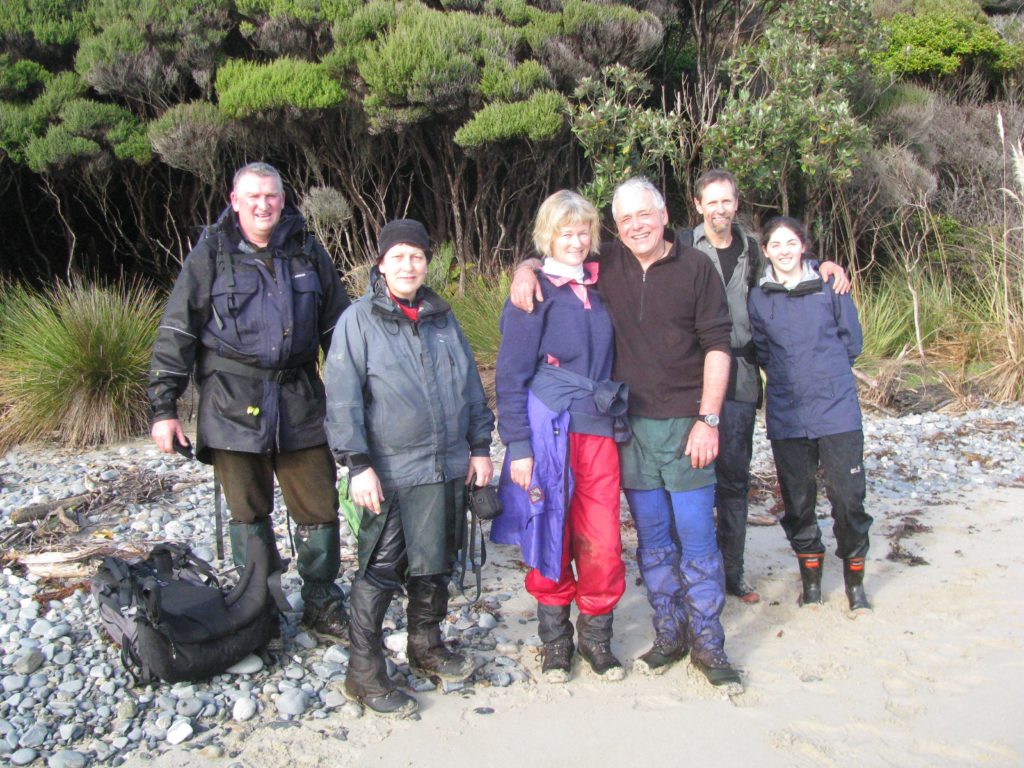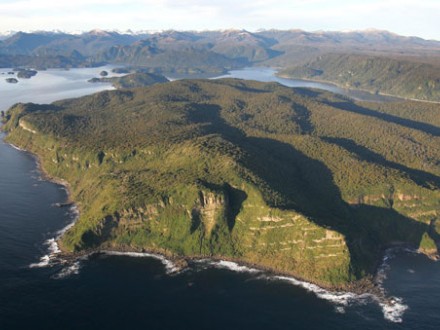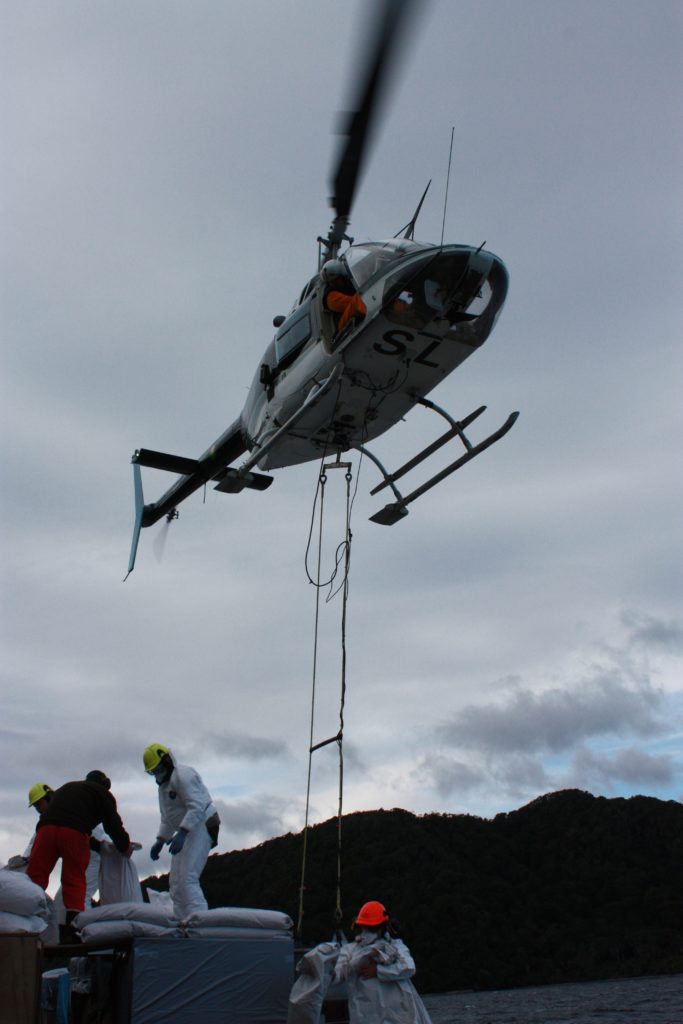In late 2015, 80 mohua were transferred from Chalky Island to Te Puka-Hereka/Coal Island in Fiordland National Park, the latest in a series of native bird transfers to the island. It was an exciting event for the South West New Zealand Endangered Species Charitable Trust (SWNZESCT), whose members had been working since 2004 to raise funds, cut tracks, remove all predators and monitor the predator-free status of Coal Island.

Coal Island is a “special place in the world,” according to SWNZESCT trustee and founding chairman, Ian Buick. Ian’s been involved in a lot of projects in South Westland over the years. Coal Island – along with Fiordland Marine Guardians, of which he was also an original member – are the two stand-out projects of which he is most proud.

Seven tokoeka (Haast kiwi) had previously been released on the island in 2009, with another 10 tokoeka released in 2011. With the tokoeka doing well, 69 South Island robins were transferred from Anchor Island in Dusky Sound in June 2015 – the first robins to live on Coal Island since the resident population was wiped out by predators 100 years ago. Mohua were also once numerous in the area – they were, if fact, said to be widespread until as recently as 1969 – so the release of 80 mohua last October capped off a very successful year for the Trust.
Coal Island is situated at the entrance to Preservation Inlet, between Puysegur Point and Gulches Head. At 1163 ha it is a relatively big island with a good cover of rimu, kamahi, miro and rata forest. With four permanent streams and a small lake of around 3 ha, there are a variety of habitats, along with a climate that is cool, wet and windy.
Pest species initially included red deer, stoats and large numbers of mice, but rats had long been eradicated from Coal Island. Rats were present in the 1800s and early 1900s when the island had human residents – but were wiped out some time after that, presumably by stoats. Yet in 2004 when the Trust was formed, the island wasn’t a priority for restoration with DOC, according to Ian. Its proximity to the mainland was one reason for this, although the rough seas in the area offer some protection, Ian believes.

When it came to choosing a suitable sanctuary site, Coal Island’s isolation was both a strength and a weakness, says Ian. As it was rarely visited, there was less chance of accidental reintroduction of predator species, but isolation also meant the island was difficult to access for volunteer work. A key factor in the early days was the Trust’s relationship with Kisbee Lodge at Cromarty, Preservation Inlet. Wayne Pratt, pilot and partner in South West Helicopters, who first proposed Coal Island as a sanctuary, was also a shareholder in privately-owned Kisbee Lodge and in the early days when tracks were being cut and predators eradicated, the Lodge provided crucial free accommodation in the area for Coal Island volunteers.
The South West New Zealand Endangered Species Charitable Trust represents private, government and iwi interests. In 2005, a year after the Trust’s establishment, track cutting was carried out and trapping of stoats on Coal and nearby ‘stepping stone’ islands began. A cull of the resident red deer hinds was carried out in 2006 and 2007. Although the occasional stags still swim to the island during the roar, they leave when they don’t find any females. Their footprints are sometimes seen, but no wallow sites have been used since the cull. In all, 77 deer were removed from Coal Island and 35 stoats trapped on Coal and adjacent islands.

Mice were everywhere on Coal Island in 2007, but a well targeted poison drop carried out by helicopter pilots Peter Garden and Grant Goatley culminated in the first successful large island mouse eradication in the world. Peter has since gone on to help eradicate introduced rodents from other islands around the world, including the Seychelles, Aleutian Islands and South Georgia.
No mice have ever been seen or trapped on Coal Island since the 2007 eradication. Stoats, however, have attempted two comebacks, highlighting the need for continuing vigilance. Stoats are good swimmers and volunteers caught six stoats in February 2010 and two more in March. More were trapped in May that year and then there were no more until two were caught in February 2015.
Both the 2010 and 2015 incursions followed a double beech masting season where large quantities of seed led to a big increase in the mainland rodent population and consequently an increase in the population of their predators, stoats. It is suspected that the 2010 incursion may have been caused by just one or two pregnant females reaching the island.
Keeping Coal Island predator-free and safe for ongoing rare species reintroductions will be an ongoing effort. The difficulty, says Ian Buick, is keeping up the momentum of early enthusiasms. There is a tendency to think that now Coal Island is predator-free, the job is done. “The job is never done,” says Ian and the Trust is keen to get more volunteers involved in its quarterly maintenance visits to the Island. These visits include a winter trip onboard DOC’s vessel, ‘Southern Winds’. It’s a chance to visit a remote and very special place that few New Zealanders will ever see. More information is available on the Trust’s website.

